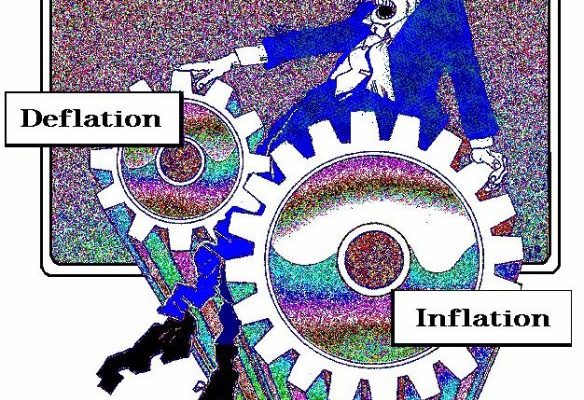
QUESTION:
Dear Martin,
First I would like to congratulate you on your excellent analysis and market views.
I am a bond portfolio manager for 25 years and I can only be shocked by current interest rates, specially in Europe. I have recently cut my long exposure to Bunds and everyone says it’s crazy to be short when ECB is buying but… with 10 year French bonds at 0.40% (less than 2yr US Treasuries), not to mention German bunds at 0.15%, these can only end badly. Also with 30 year Germany at 0.65% is assuming inflation is dead forever… something I strongly don’t believe. My question is what can bring inflation up end the biggest bond bubble made by central banks?
Thank you and best regards,
GC
ANSWER: There appears to be coming a very difficult period that will have (1) massive deflation as capital formation is reduced from public debt moving into default, and (2) rising asset inflation that is money trying to get off the grid, which is not demand inflation led by consumer spending. This will cause tremendous confusion. Some will call this Stagflation, which dominated the 1970s where consumer spending declined but prices still rose thanks to the Oil Price Shock of OPEC.

I have stated many times before that a stock market crash at best is good for a recession for a small amount of capital parks in equities. A depression is caused when capital formation collapses caused by a debt collapse. This took place following the Panic of 1837 set in motion by Andrew Jackson’s destruction of the central bank, which set off Wildcat Banking at the state level. They needed to be bailed out and states issued debt trying to support the banking system and they ended up defaulting on their bonds as well.

There will come a is a disconnect between the PRIVATE v PUBLIC issues of debt. The differential between AAA Corporate and government peaked also in 1932. We have the FDR confiscation of gold and the devaluation of the dollar by January 1934. Note that the differential fell to a low in 1937 as the Dow Jones Industrials also peaked that same year. This illustrates the shift in CONFIDENCE from PUBLIC back to PRIVATE.

